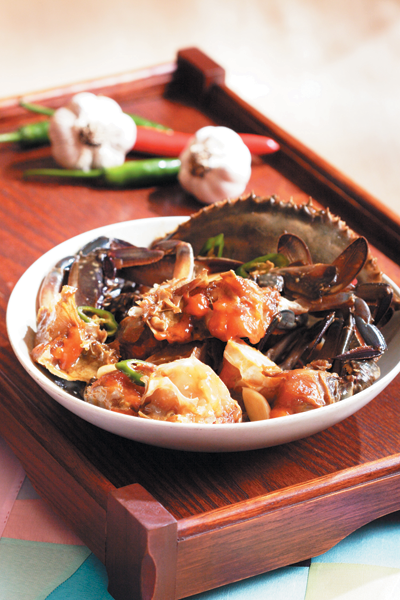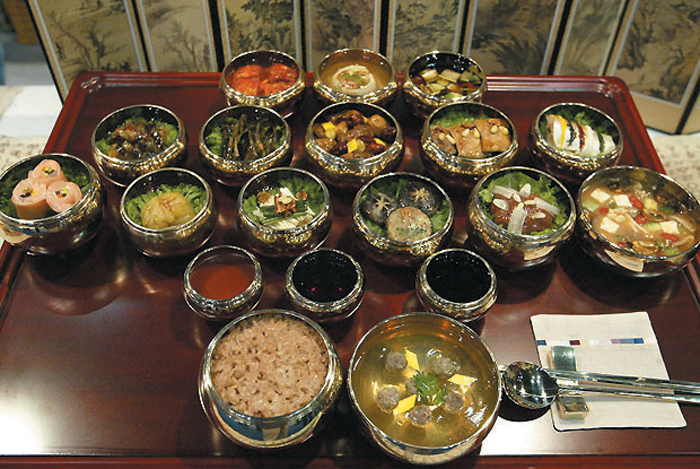2015 Namyangju Slow Life Planet Festival Oct. 8-17, 2015
Nowadays, more and more people take interest in the food and beverage of other countries as they have a unique pleasant taste.
Like music and art, or even more so, the food and beverage have no language barrier nor is any tariff imposed when they cross front one country to another.
Why hide the mouth-watering food and beverage of your country from the Korean gourmets and epicureans?

At this time, the Namyangju City on the eastern outskirts of Seoul hosts an extensive 10-day food and beverage festival on Oct. 8-17, 2015.
An estimated 500,000 Korean and international tourists and visitors are expected to visit the different food and beverage booths sampling and relishing the delicacies of your country.
Mayor Lee Suk-woo of the Namyangju City takes strong personal interest in introducing and promoting the food and beverage of the different countries and cordially invites all the embassies in Korea to take part in the festival.
In fact, Mayor Lee successfully hosted the International Slow Food Festival in 2013 and this year he has expanded this to include various other aspects related with Slow Food?officially naming the event “2015 Namyangju Slow Life Planet Festival.”

The international Slow Life Festival has three major programs to which the Organizing Committee invites the Embassies to participate. They are:
(1) Exhibition of food materials and cooking utensils,
(2) Food preparation by the wives of diplomats and
(3) Attending the Opening Ceremony by the ambassadors and spouses.
Exhibition of food materials and cooking utensils:
(1) Rice, wheat and corn
(2) Representative bread
(3) Spices and condiments
(4) Tableware (such as spoons, bowls, dishes, plates, tablecloth, aprons)
(5) Cooking utensils such as cutting boards, knives, cooking pots, pans, cheese-grinder, pasta-making tools)
(6) High-resolution photo images of the food materials and utensils.
(As soon as the above materials are ready, officials of the Organizing Committee of the Festival will visit the Embassy and receive the materials after issuing receipts.)
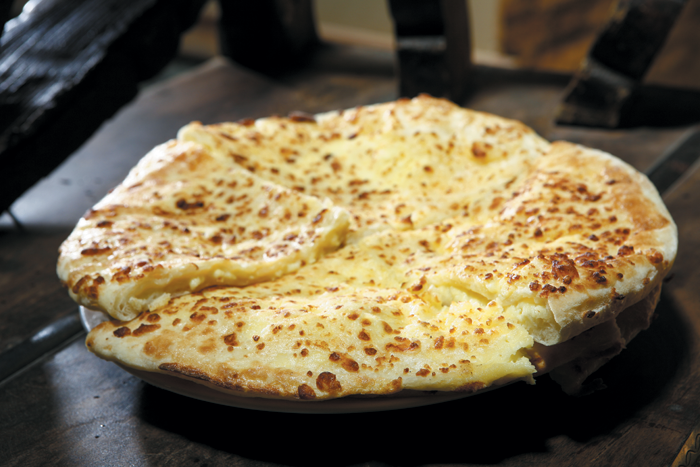
Cooking of traditional foods by the wives of diplomats:
Spouses of the diplomats (wives of the ambassadors especially welcomed) are invited to demonstrate the preparation of their representative traditional foods at the Special Pavilion of the Namyangju Festival (on Oct. 12-16, 2015).
Food materials are prepared by the Organizing Committee but expenses are paid to each participating country for the transportation and other expenses such as food materials that are not available in Korea.
Attendance of Opening Ceremony by the Ambassadors and spouses:
Ambassadors and Spouses are invited to attend the Opening Ceremony of the Festival on October 8, 2015.
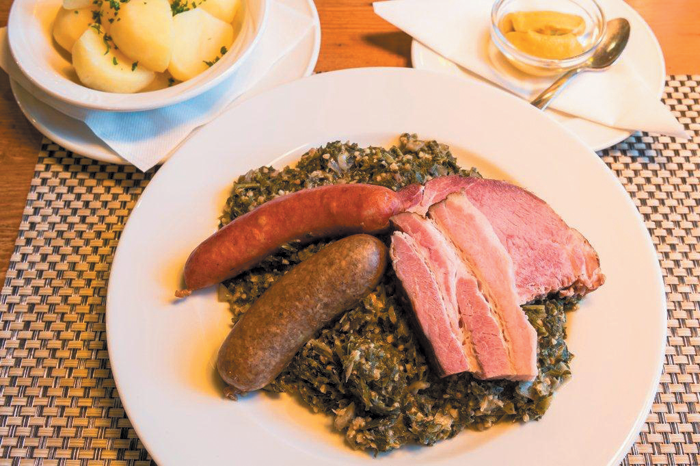
For further details and inquiries, please call Ms. Kim Jung-mi at 010-3388-1682 (Korean callers) or David Chung at 010-3481-1101 (English callers), or Chairman Lee Kyung-sik at 010-5201-1740. Regular phones are 2298-1740/2, 1745/6, fax 2298-9506 and email edt@koreapost.com.
Here are some of the foods that have been introduced by The Korea Post by its five media units (three in English and two in the Korean language).
Laos

The Laotian food and beverage have some similarities with the traditional Korean foods and yet have much exotic features that look attractive and should have a wonderful taste:
Lao Sausage: Also known as ‘sai oua', the Lao sausage makes a pleasant appetizer or snack. Chopped pork meat, seasoned with herbs such as lemongass, kaffir lime leaves shallots, cilantro, galangal and flavored with fish sauce. Good with sticky rice and fresh vegetables.
Sticky rice
Pho, : Pho, is a noodle soup famous noodle can be found eve이where in Laos.

Featuring thin slices of beef, pork, or chicken, tripe, meatballs and sometimes innards (heart, liver, tongue, etc.) with your choice of noodle (e.g. flat or thin rice noodle). Add a handful of greens and a pinch of chili, for the original Lao style.
Khao soy: Sauce of ground pork and tomato layered on top pork broth. The soup is a fairly simple pork broth with medium wide rice noodles. The highlight is the pork tomato sauce that's poured on top of the bowl.
Laap: Laap is a traditional Lao food is made from chopped meat, chicken or duck is a favorite. The finely chopped meat spices and broth is mixed with uncooked rice grains that have been dry fried and crushed. Laap is eaten with a plate of raw vegetables and sticky rice.

Lao stew: Original to Luang Prabang, this tasty stew comprises mainly vegetables. Beans, eggplant, lemongrass, basil, chilies, wood ear mushrooms, cilantro, green onion and locally grown vine called ‘kaan' go into the dish, with optional meat (디basically prepared water buffalo meat).
Khao poon nam jeow: This soup uses all the pork innards. Along with the variety of pork parts, it’s also accompanied by a garden variety of vegetables such as thinly sliced bamboo shoots, banana flower, cabbage, and green papaya.
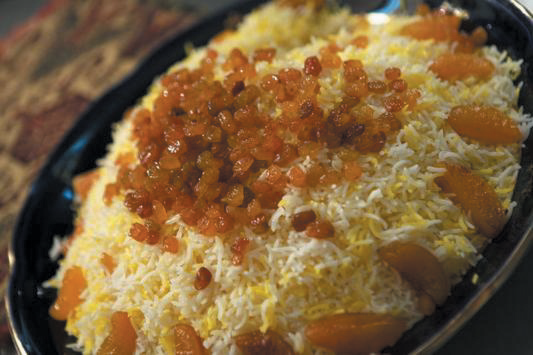
Khaipen (fried seaweed) with faew bong: A popular snack, Kaipen is made of freshwater green algae, peppered with sesame seeds and sundried into paper-thin sheets. These raw Kaipen are st1 red away in rolls. For consumption, the Kaipen sheets are flash-fried in a pan and usually served with jaew bong (chilli paste).
Tam Mak houng or Papaya salad: Papaya salad is a type of salad made from sliced raw papaya, garlic, chili, peanuts, sugar, fermented fish sauce and lime juice.
Lao grilled chicken
Sticky rice stuffed in bamboo
Beer Lao
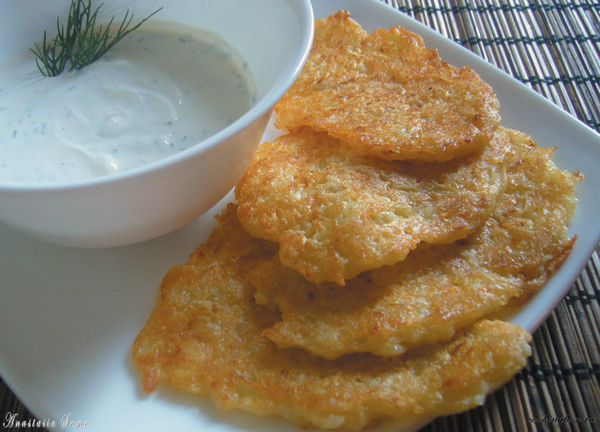
Kenya
Pilau, rice-based dish of Kenya
Mandazi, Mandazi is donuts. You can find these delicious donuts in large urban areas and also among the Swahili people of East Africa. Most small restaurants, called hotelis in Kenya, serve mandazi. You can also find mandazi being sold by street vendors. The mandazis are great in the morning for breakfast or at any time of the day. They are normally served with a cup of hot tea or any beverage of choice. Mixing and kneading does not take long and it requires few ingredients.

Nyama Choma, ribs: In Kenya, any gathering is an excuse for eating Nyama Choma, Swahili for "oast meat. “From the finest restaurants to roadside shacks, roast goat meat is served up as a kind of social lubricant, often aided by copious amounts of the local beer. Nyama Choma is always eaten with the hands, and common side dishes include kachumbari salad and ugali.
Pilauis a rice-based dish of Indian origin that has been adopted by Kenyans as their own. Many people serve Pilauat their weddings or prepare it when they have special guests coming to visit. It is commonly eaten with kachumbari, but you can substitute salad or other vegetable sides for kachumbari.
Nyama Choma, ribs, Kenya
Glutinous rice doughnuts
Mandazi
Georgia
Khachapuri, the representative food of Georgia. It is a cheese bread. Khachapuri is a filled bread stuffed with melting cheese and often served sliced, like a double-crust pizza. It is justifiably considered to be one of Georgia’s national dishes and is popular in restaurants and in homes.

Germany
Grunkohlmit pinkel und kassler, representative of Germany. Curly-leafed Kale with smoked sausage and salted smoked pork
Korea
Premium Ggori Gomtang, Korean (courtesy Millennium Seoul Hilton): A traditional oxtail soup with tender, fall-off-the-bone oxtail, garlic and onions. The savory, nourishing soup is served with steamed rice and traditional condiments.
Surasang, table for the king: Korean kings used to have five meals a day, of which three are the main meals. Each main meal consisted of 20 to over 30 different kinds of dishes of food.
